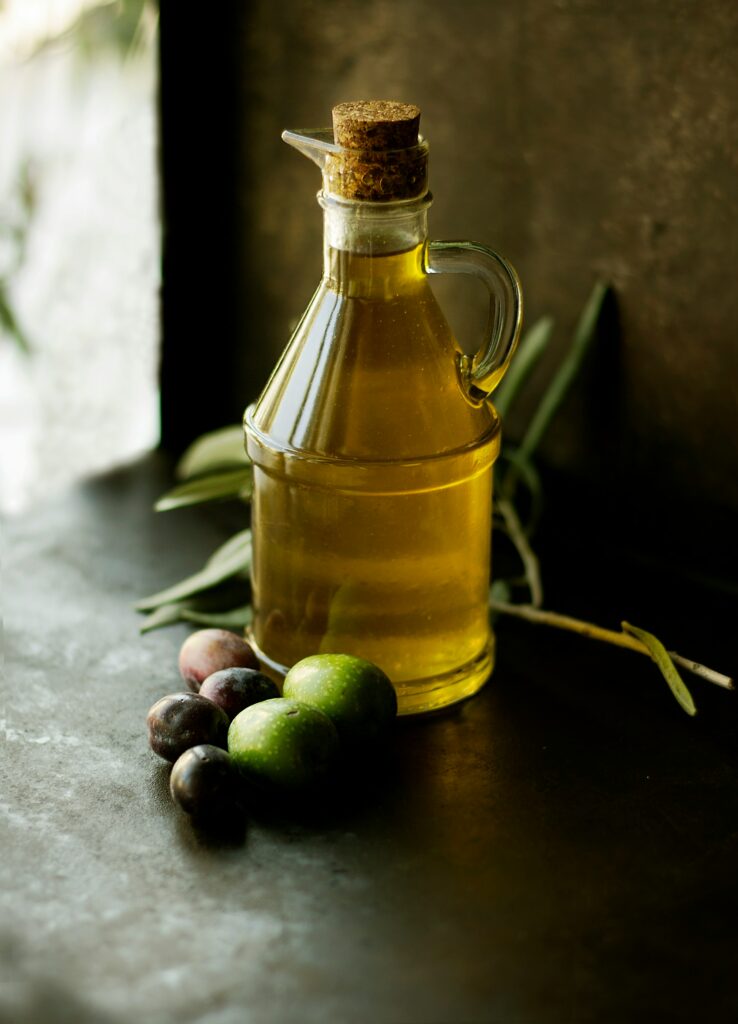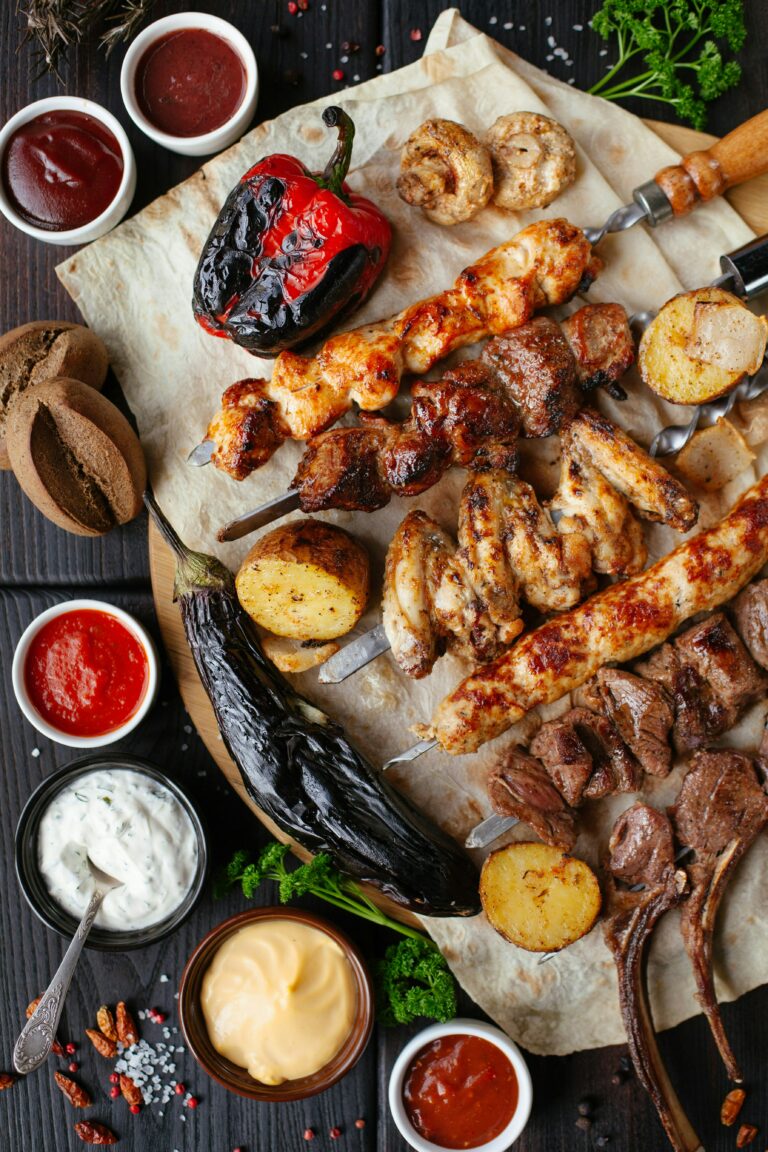Lebanese cuisine stands as a testament to the rich history, diverse culture, and vibrant flavors of the Mediterranean region. Renowned for its fresh ingredients, aromatic spices, and mouthwatering dishes, Lebanese food offers a culinary journey that captivates the senses and delights the palat
At the heart of Lebanese cuisine lies a deep-rooted tradition of hospitality, where meals are not just about nourishment but also about bringing people together, fostering connections, and celebrating life’s moments. This culinary heritage is reflected in the abundance of mezze, small dishes meant for sharing, which form the cornerstone of Lebanese dining.

Photo, by Roberta Sorge for Unsplash
One cannot delve into Lebanese cuisine without encountering the iconic hummus, a creamy blend of chickpeas, tahini, lemon juice, and garlic, drizzled with olive oil and sprinkled with sumac. Served with warm pita bread, it embodies simplicity and sophistication in equal measure. Similarly, baba ghanoush, made from roasted eggplant, tahini, and seasonings, offers a smoky, savory counterpart to the smoothness of hummus.
The mezze spread extends to include an array of salads, such as tabbouleh, a refreshing mix of parsley, mint, bulgur, tomatoes, and onions, dressed with lemon juice and olive oil. Fattoush, another beloved salad, combines crisp vegetables, toasted pita bread, and a tangy sumac dressing, adding a delightful crunch to every bite.
Lebanese cuisine boasts an impressive repertoire of grilled meats, with kebabs taking center stage. Whether it’s succulent lamb, tender chicken, or juicy beef, these skewered delights are marinated in a blend of spices and herbs, then grilled to perfection, imparting a smoky aroma and irresistible flavor.
No exploration of Lebanese cuisine would be complete without indulging in the decadence of dishes like kibbeh, a symphony of minced meat, bulgur, and spices, often shaped into balls or patties and either fried or baked. The delicate balance of textures and spices makes it a true culinary masterpiece.
One cannot overlook the role of rice and grains in Lebanese cuisine, with dishes like mujadara, a comforting blend of lentils, rice, and caramelized onions, showcasing the simplicity and wholesomeness of the ingredients. Similarly, grape leaves stuffed with a savory mixture of rice, herbs, and spices, known as warak enab, offer a burst of flavor in every bite.
Lebanese desserts are a celebration of sweetness and indulgence, with classics like baklava, layers of filo pastry filled with nuts and sweetened with honey or syrup, captivating dessert lovers worldwide. Additionally, ma’amoul, delicate shortbread cookies filled with dates or nuts, highlight the intricate craftsmanship and attention to detail inherent in Lebanese culinary traditions.
Beyond its delectable dishes, Lebanese cuisine reflects a deep respect for seasonal ingredients, sustainable practices, and culinary craftsmanship passed down through generations. It embodies a philosophy of balance, harmony, and generosity, inviting diners to savor each moment and appreciate the interconnectedness of food, culture, and community.
In a world where culinary trends come and go, Lebanese cuisine remains a timeless treasure, a testament to the enduring power of tradition, flavor, and hospitality. Whether enjoyed in a bustling souk in Beirut or savored at a family table halfway across the globe, the richness of Lebanese cuisine transcends borders, uniting people through the universal language of food.




